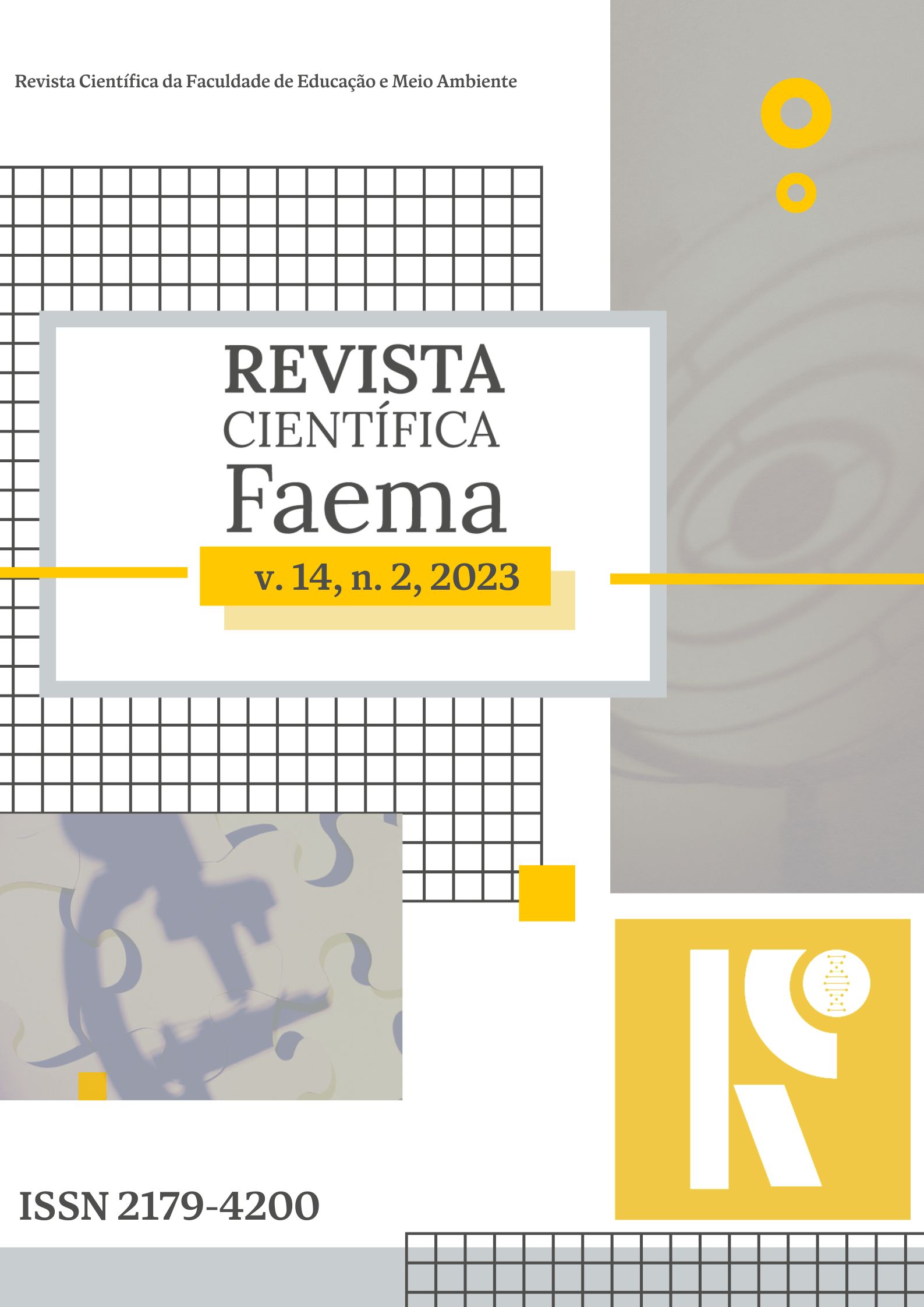GROWTH AND PHYSIOLOGY OF THREE FORAGE CACTUS GENOTYPES INTERCROPPED WITH LEGUMES AND IRRIGATED WITH REUSE WATER
Conteúdo do artigo principal
Resumo
Forage palm stands out as a food base for ruminant herds, especially in periods of drought, common in the semiarid region, its cultivation intercropped with legumes and irrigated with reuse water can bring both quantitative and qualitative gains. In this sense, the objective was to evaluate the growth, physiology and productivity of cladodes of forage cactus irrigated with reuse water and intercropped with legumes. The trial design consisted of a randomized block with subdivided plots, with three palm varieties in each plot: Miúda, Baiana and Orelha de Elefante Mexicana and in the subplots, four legumes: algaroba, sabiá, cunhã and gliricídia, besides one control treatment (without consortium). The variables plant height and width, number of cladodes per plant, stomatal conductance, transpiration rate CO2 uptake rate, internal CO2 concentration, instantaneous water use efficiency and instant carboxylation efficiency were determined in the forage palm. The variety Miuda was higher in height, plant width and number of cladodes per plant. When not intercropped, both varieties of forage cactus presented higher levels of transpiration rate. The intercropping with algaroba, gliricidia and thrush increased CO2 uptake, instantaneous water use efficiency and carboxylation of forage palm, regardless of variety.


